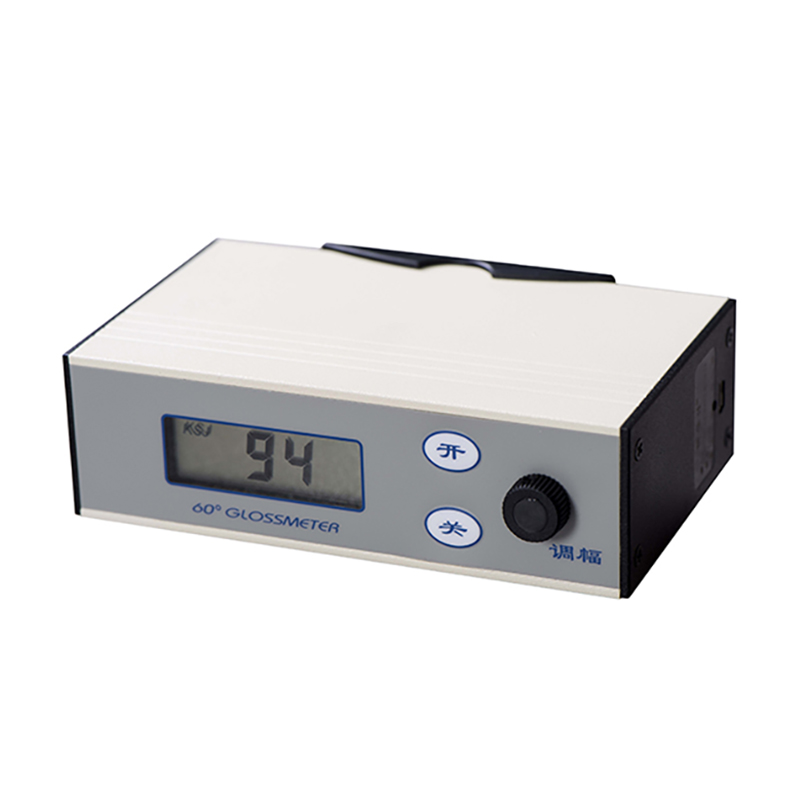头部邮箱+阿里巴巴
E-mail: sales@ksj.cn 

Enter search content

NEWS
News
Hot Products
The Essential Role of Luminance Meters in Optimal Display Performance
- Time of issue:2023-09-18
(Summary description)Discover the crucial role played by luminance meters in achieving the best display performance. From understanding the basics to optimizing your display, this comprehensive guide explores the importan
The Essential Role of Luminance Meters in Optimal Display Performance
(Summary description)Discover the crucial role played by luminance meters in achieving the best display performance. From understanding the basics to optimizing your display, this comprehensive guide explores the importan
- Categories:Industry news
- Author:
- Origin:
- Time of issue:2023-09-18 09:24
- Views:0
1. Introduction
2. What are Luminance Meters?
3. The Importance of Luminance in Display Performance
4. Understanding Luminance Measurement
4.1 The Science Behind Luminance
4.2 How Luminance is Measured
5. The Benefits of Using Luminance Meters
5.1 Accurate Calibration
5.2 Enhancing Visual Experience
5.3 Ensuring Consistency
5.4 Improving Energy Efficiency
6. Industries That Rely on Luminance Meters
6.1 Display Manufacturing
6.2 Broadcasting and Film Production
6.3 Medical Imaging
6.4 Automotive Design and Testing
7. Factors to Consider When Choosing a Luminance Meter
7.1 Measurement Range and Accuracy
7.2 Display Compatibility
7.3 Portability and Ease of Use
7.4 Advanced Features
8. Frequently Asked Questions
8.1 What is the difference between luminance and brightness?
8.2 Can luminance meters measure color accuracy?
8.3 How often should I calibrate my display?
8.4 Can I use a smartphone app as a substitute for a luminance meter?
8.5 Are luminance meters only used for professional displays?
9. Conclusion
Introduction
In today's digital age, where displays have become an integral part of our lives, achieving optimal display performance is crucial. Whether you are a display manufacturer, a filmmaker, a medical professional, or an automotive designer, ensuring accurate and consistent luminance levels is essential. This is where luminance meters come into play.
What are Luminance Meters?
Luminance meters are specialized devices used to measure the luminance or brightness of a display. They provide precise readings, allowing users to calibrate and adjust their displays to achieve optimal performance. By measuring the intensity of light emitted from a display surface, luminance meters help ensure accurate color reproduction, contrast levels, and overall visual quality.
The Importance of Luminance in Display Performance
Luminance plays a critical role in determining the quality of a display. It affects various aspects, including color accuracy, contrast ratio, and readability. A display with incorrect or inconsistent luminance levels can result in washed-out colors, poor contrast, and eye strain. By accurately measuring and adjusting luminance, luminance meters help improve the visual experience and ensure that the display performs at its best.
Understanding Luminance Measurement
To understand how luminance meters work, it is essential to grasp the science behind luminance and how it is measured. Luminance is the measure of the amount of light emitted or reflected from a surface per unit area. It is typically expressed in units of candela per square meter (cd/m²).
Luminance is measured by capturing the light from a display using a photodetector within the luminance meter. The photodetector converts the light energy into an electrical signal, which is then calibrated and displayed as luminance values on the device's screen.
The Benefits of Using Luminance Meters
Using luminance meters offers numerous benefits in various industries:
1. Accurate Calibration: Luminance meters provide precise measurements, allowing displays to be calibrated accurately. This ensures consistent luminance levels across different displays and accurate color reproduction.
2. Enhancing Visual Experience: By achieving optimal luminance levels, displays can deliver vibrant colors, sharp contrast, and improved readability, resulting in an enhanced visual experience for users.
3. Ensuring Consistency: Luminance meters help maintain consistent luminance levels over time. By regularly calibrating displays, users can ensure that the performance remains consistent, preventing gradual degradation of image quality.
4. Improving Energy Efficiency: By calibrating displays to optimal luminance levels, unnecessary energy consumption can be reduced. This not only saves energy but also prolongs the lifespan of the display.
Industries That Rely on Luminance Meters
Luminance meters find application in various industries that depend on accurate display performance:
1. Display Manufacturing: Luminance meters are used during the manufacturing process to ensure each display meets the desired luminance standards before being released to the market.
2. Broadcasting and Film Production: Luminance meters help filmmakers and broadcasters achieve accurate color grading and maintain consistent luminance levels, ensuring their content looks its best on different screens.
3. Medical Imaging: In medical imaging, accurate luminance levels are crucial for accurate diagnoses and interpretations. Luminance meters are used to calibrate monitors used for viewing medical images, ensuring the highest level of precision.
4. Automotive Design and Testing: Luminance meters are employed in the automotive industry to measure and calibrate the luminance levels of displays and instrument clusters, ensuring optimal visibility and legibility for drivers.
Factors to Consider When Choosing a Luminance Meter
When selecting a luminance meter, several factors should be taken into account:
1. Measurement Range and Accuracy: Ensure the meter's measurement range covers the luminance levels required for your specific application. Additionally, consider its accuracy to ensure precise readings.
2. Display Compatibility: Different displays require different measurement techniques. Ensure the chosen luminance meter is compatible with the specific display technology you are working with.
3. Portability and Ease of Use: Consider the portability and user-friendly features of the luminance meter, especially if it will be used in various locations or by multiple users.
4. Advanced Features: Some luminance meters offer additional features like color measurement and data logging. Evaluate whether these features are essential for your specific requirements.
Frequently Asked Questions
1. What is the difference between luminance and brightness?
Luminance refers to the amount of light emitted or reflected from a surface per unit area, whereas brightness is a subjective perception of how intense the light appears. Luminance is a measurable value, while brightness is a perceived sensation.
2. Can luminance meters measure color accuracy?
No, luminance meters only measure the intensity of light emitted from a surface. However, some advanced luminance meters may offer color measurement capabilities as well.
3. How often should I calibrate my display?
The frequency of calibration depends on various factors, including the display technology and its usage. As a general guideline, professional displays should be calibrated at least once a month to maintain optimal performance.
4. Can I use a smartphone app as a substitute for a luminance meter?
While smartphone apps can provide basic luminance readings, they may lack the accuracy and precision of dedicated luminance meters. For professional applications, it is recommended to use a specialized device.
5. Are luminance meters only used for professional displays?
Luminance meters are commonly used in professional settings to ensure accurate display performance. However, they can also be useful for enthusiasts and individuals who prioritize optimal display quality.
Conclusion
Luminance meters play an essential role in achieving optimal display performance across various industries. By providing accurate measurements and facilitating calibration, these devices contribute to vibrant colors, sharp contrast, and improved readability. Whether you are involved in display manufacturing, film production, medical imaging, or automotive design, investing in a reliable luminance meter is crucial to deliver exceptional visual experiences. Choose a luminance meter that suits your specific needs, and unlock the full potential of your displays.
Scan the QR code to read on your phone

After eighteen-years’development, KSJ Glossmeters have been widely used all over the world in gloss measuring of paintwork, decorative materials, woodenwares, ceramic, printing ink, paper, as well as metal polishing and depositing. And becoming the first choice for experts in the above fields.
Online Message
Contact Us



















